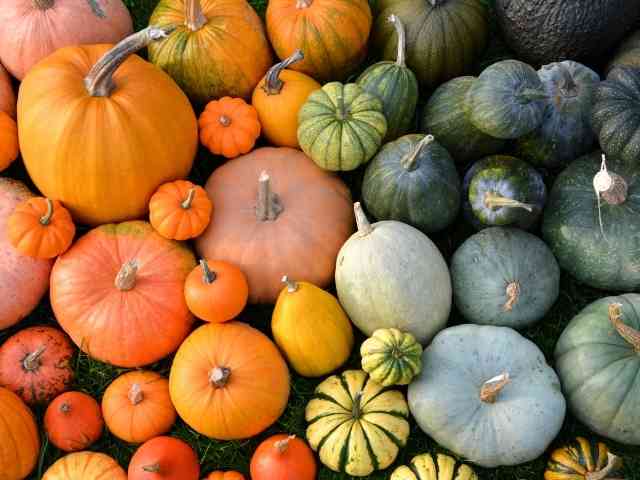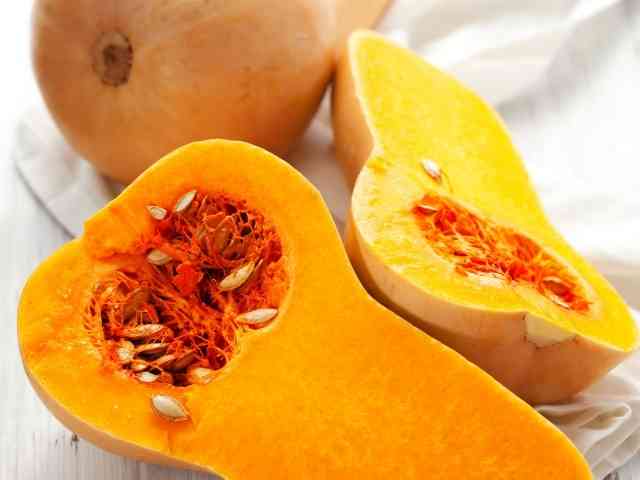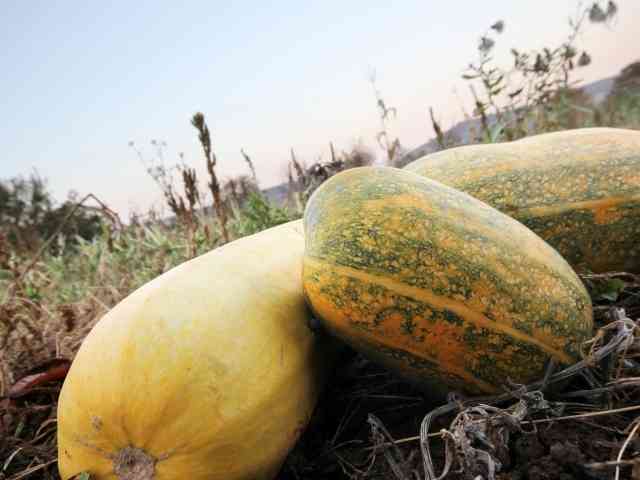Most varieties of winter squash can be preserved for months after harvest, therefore patience is required to cultivate them. If you’ve ever wondered how to grow and harvest winter squash in your garden, this is the course for you!

About Winter Squash
The fruits of winter squash are harvested in the autumn when they are just starting to mature. I can’t eat the skin anymore. Squash may be kept for a long time in a cool, dark place (some varieties will keep through winter, hence the name “winter squash”). It includes alternatives like spaghetti squash and butternut and Hubbard and Hubbard and butternut.
Reader Poll: What online courses would interest you?
Despite the enormous variety of cultivars, there are three primary families of squash: Butternut, Acorn, and Buttercup.
- Cauliflower
- C. Moschata
- C. pepo
It’s possible to grow a broad range of fruits out of these plants over time.
Traditional Native American methods, such as the Three Sisters, yield three plants: squash, corn, and bean sprouts. To keep weeds under control, we used squash as a ground cover. Maize and beans worked together to provide a natural fertilizer and structural support for each other.
Subscribe to our newsletter!
When To Plant Winter Squashes
- Before planting this fragile warm-season crop, the temperature should be at least 60 degrees Fahrenheit and the soil should be at least 70 degrees Fahrenheit. During the winter months, squash is especially prone to frost damage.
- if your growing season is short, make sure you sow seeds 2 to 4 weeks before the last spring frost date Avoid damaging the roots of squash seedlings during transplantation.
Location And Designation Of A Planting Site.
- The soil must be fertile and productive, but it must also be able to drain well enough to avoid being too damp for plant growth.
- A location with plenty of light and an area for vines to grow is ideal. The majority of large winter squash varieties need a growing space of 50 to 100 square feet. A little garden filled with squash plants may provide enough food for your family and your neighbors. Make sure you don’t plant too many seeds at one time. Winter squash vines may be routed across grass if you have a limited amount of planting area.
- Alternatively, huge buckets of 5 to 10 gallons may be used to cultivate squash. You may also plant smaller varieties on trellises if space is an issue.

Prepare The Soil By Aerating It
The addition of organic materials before planting is a wise decision. First, clear the area of any rocks. Dig deep into the soil and put out old manure and compost (around 50 percent native soil to organic stuff) (the top 8 to 10 inches). A few weeks before planting, aerate the soil so that a garden tool won’t get stuck in it. This may be done in the autumn. Thoroughly dry soil is required before planting.
Planting Winter Squashes
- Each hill should get 2 to 3 teaspoons of a balanced (10-10-10) fertilizer. Cover an area of 2 feet by 2 feet with the fertilizer. Work it into the top three to four inches of the soil. Every 100 square feet of the garden should get 2 to 3 pounds of balanced fertilizer.
- Seeds should be sown 2 to 3 feet apart in a single layer of 1 inch-deep soil on a flat surface. Rows of 3 to 6 feet apart, plant 3 to 4 seeds close together in mounds (or hills; the soil is warmer off the ground).
- Squash vine borers and other early-season pests and illnesses may be avoided by sowing a few seeds in the middle of summer.
- Ideally, the seeds should germinate within a week if the soil temperature is at least 70oF / 21oC.
- During the first few weeks of spring, row coverings or frame protection may be essential in frigid locations.
Trimming The Seedlings
- At 2 to 3 inches tall, thin rows of seedlings so that each row has one plant every 18 to 36 inches by snipping off undesired plants and replanting them elsewhere.
- When the seedlings in the hills are about 2 to 3 inches tall, remove any undesired plants by snipping them off without damaging the roots of the other plants.
General Tips for Growing Winter Squash
- Reduce weed growth, preserve moisture, and shield shallow roots with mulch.
- Row coverings may be used early in the season to protect plants from pests and keep them healthy. Prevent pollination by insects by removing the covers before blossoming.
- Squash plants have thin roots that might be destroyed if you over-cultivate during weeding.
- The vines of squash are fragile. Don’t let the vines get too messed up.
- A trellis may be used to train small winter squash varieties. Tranquilizing trellises with larger variety is possible—though it’s a problem to sustain the fruit. Fabric netting may be used to assist support the weight of the heaviest fruits.
- As a result of pruning, the plant’s energy will be directed into the surviving vines and fruit.
Watering
- With at least 1 inch of rain every week, water thoroughly, regularly, and consistently If you see that the leaves are withering, you should water them more. Heavy clay soils need less watering than sandy soils, whereas sandy soils require more watering.
- As soon as the fruits begin to ripen, be sure to water them well. Deficiencies in water or fertilizer may cause the squash to be misshapen.
- Leaves and fruit should remain dry when watering. Root rot and other illnesses are more prone to occur when soil is wet.
Fertilizing
- Squash is a big feeder throughout the winter. As a general rule, it’s best to water your plants with a mixture of old manure and compost.
- When the first flowers begin to blossom, apply approximately 2 tablespoons of all-purpose fertilizer to each hill. When growing squash in a row, side-dress. When plants are trying to develop fruit or flowers, this gives them an extra push. Fertilizers should not come into contact with the plants. After fertilizing, water your plants.
- As soon as veggies or flowers begin to sprout and produce buds, you may add a little organic fertilizer to the soil around the plant’s base.

Blooming And Ripening
- Squash blooms that don’t produce fruit or produce fruit that’s too tiny might be the consequence of poor pollination. Lack of habitat and the use of pesticides restrict pollinator activity to a great extent Plant pollinator blooms near a bee home to attract more bees to your yard.
- It’s very normal if your initial blossoms don’t produce fruit! It is common for squash plants to produce both male and female blooms. Males initially arise on long, slender stalks.
Female flowers follow, and these have a developing fruit at the base. Bees carry pollen from male flowers to female flowers, which results in the emergence of fruit. Alternatively, the gardener may assist by using a cotton swab or paintbrush to physically clean the area.
Conclusion
Seeds for winter squash are typically sown between late May and early July in the northernmost regions and early July in the southernmost regions. See your local frost dates and the duration of the growing season in your area.

